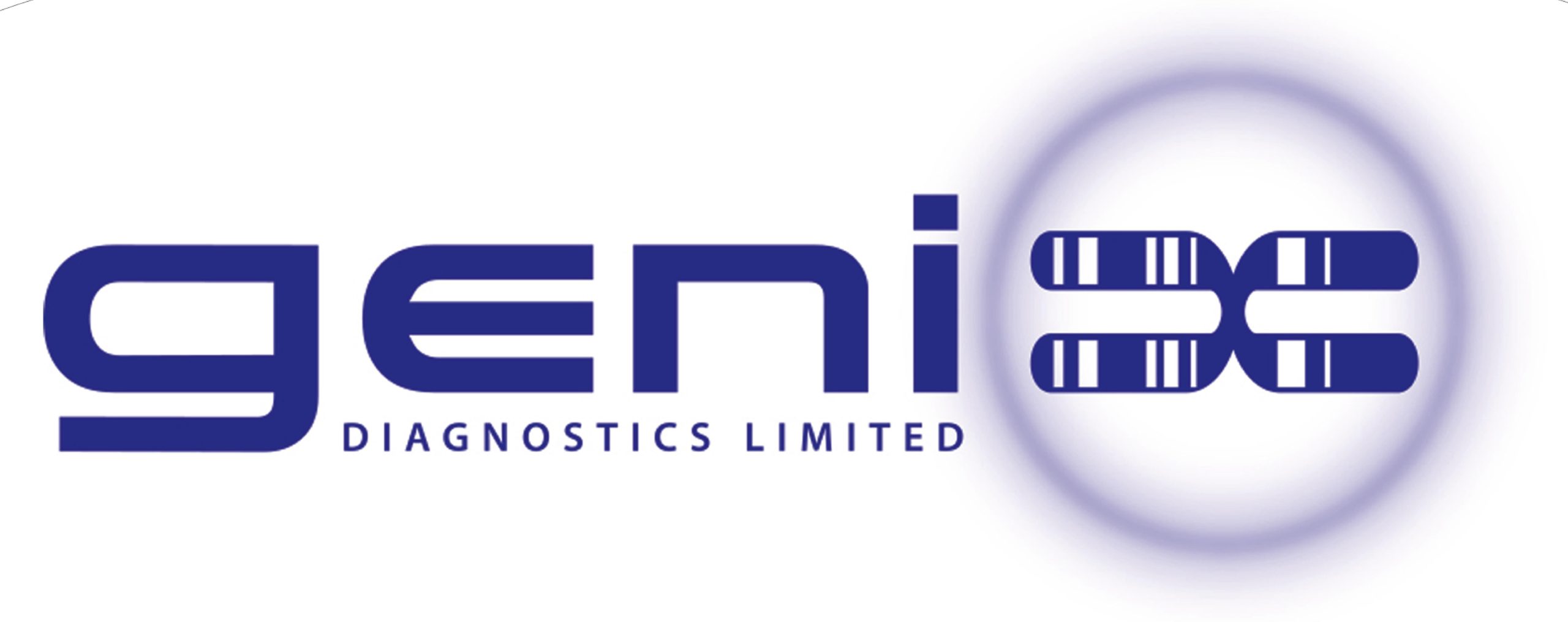Sexually Transmitted Infections (STIs), also known as Sexually Transmitted Diseases (STDs), are spread through sexual contact (vaginal, anal and oral sexual intercourse). Many STI's have no symptoms and if left untreated, serious and permanent damage may occur.
- Read up on signs and symptoms of STI’s.
- Get tested to know your STI status.
- Encourage your partners to be tested.
- Use condoms to lower your risk of STI’s.
HSV 1
Herpes simplex 1 (HSV-1, commonly known as oral herpes) tends to affect your mouth or face. It causes cold sores and is commonly spread through contact with saliva.
Chlamydia
Chlamydia is a common STD caused by infection with Chlamydia trachomatis.
HSV 2
Herpes simplex 2 (HSV-2, commonly known as genital herpes) is a sexually transmitted disease (STD). It causes sores on skin that comes in contact with the genitals of an infected person.
Gonorrhea
Gonorrhea is a sexually transmitted disease (STD) caused by infection with the Neisseria gonorrhoeae bacterium.
Syphilis
Syphilis is a bacterial infection usually spread by sexual contact. The disease starts as a painless sore — typically on the genitals, rectum or mouth. Syphilis spreads from person to person via skin or mucous membrane contact with these sores.
HIV 1/2
HIV is spread through contact with blood and other body fluids from a person who has an HIV infection. This usually happens during sex or when sharing needles or other items used to inject drugs.An HIV test checks a sample of your blood to see whether you are infected with HIV.
Hepatitis B
Hepatitis B is inflammation of the liver that is caused by an infection with the hepatitis B virus (HBV). Testing for hepatitis B provides information about a current or past infection with HBV.
